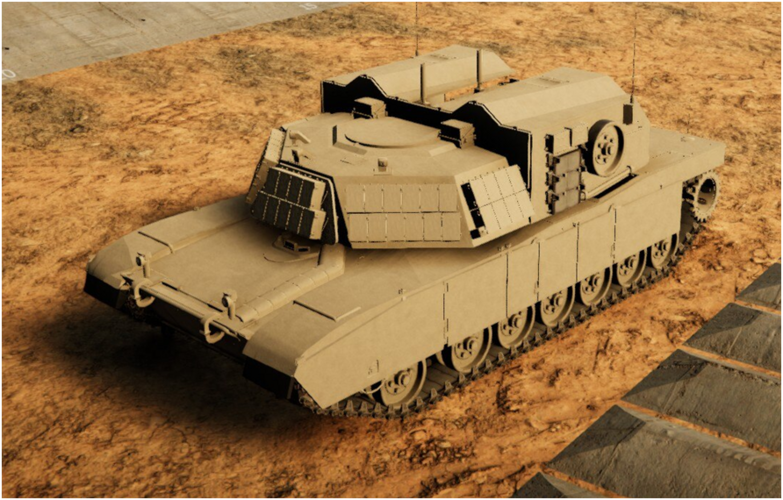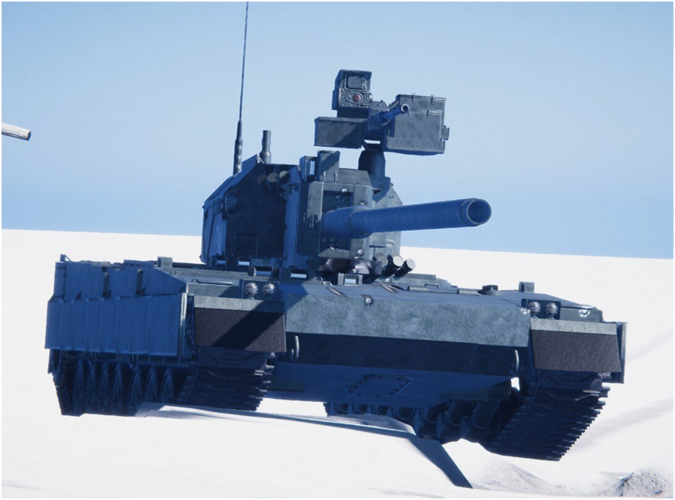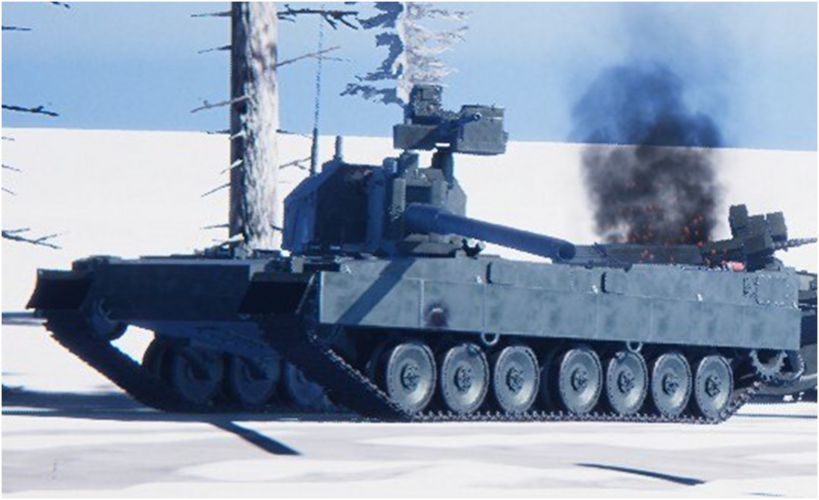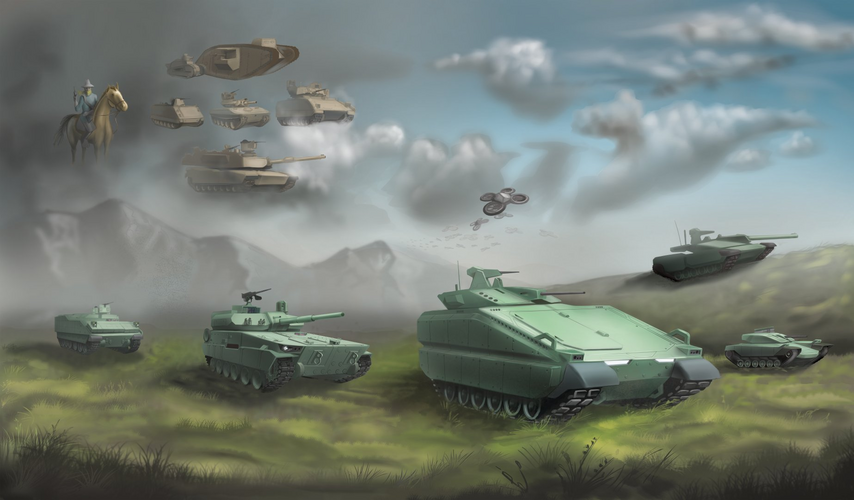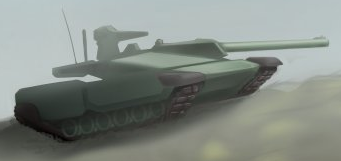Scott Kenny
ACCESS: Above Top Secret
- Joined
- 15 May 2023
- Messages
- 6,409
- Reaction score
- 5,312
And now it looks like Strykers are getting M10 Booker MPFs, about 30 years later, with Strykers at the end of the order pool for M10s."Poor quality control" and "under engineered components" describes a lot of American (and Canadian) products, yes.
The Expeditionary Tank, and Teledyne's turret in particular, never actually functioned properly. It (the turret, but also the tank) went through a rather torturous development phase and shifted hands of ownership almost as often as the factory lot it sat in. Mobile Gun System addressed the bulk of issues besides the problem with ammunition storage and weak shell handling during transfer from the magazine to the breech rammer-loader: the ammunition replenisher and the ability to rotate the drum.
The things remaining were well known and fairly simple to fix if you were willing to replace everything for a third time. The cost quoted was too high for the Army to absorb, probably because GDLS Ontario was trying to grift them. Stryker itself already has a rather significant cost increase over the LAV III it's made from. Maybe they counted in CAD$ and quoted as USD$ to get a free 25% profit margin? Who knows.
When Mobile Gun System became too heavy to use the new V-hull the MGS fate was sealed: Why spend money on a dead end weapon system? Just use it until the hulls wear out and fob it off onto an unsuspecting ally or send it to the scrapyard. Not an ideal solution but America isn't good at the whole "war economy" thing.
In an ideal world, it would have just bought Armored Gun Systems for the Stryker brigades, like it wanted in 1988 for the 9th ID (MTZ).
Admittedly, in terms of "keeping everything on the same base chassis" it was a good learning point for the MGS, as it gave lessons for FCS that was supposed to be doing much the same for tracked vehicles.

